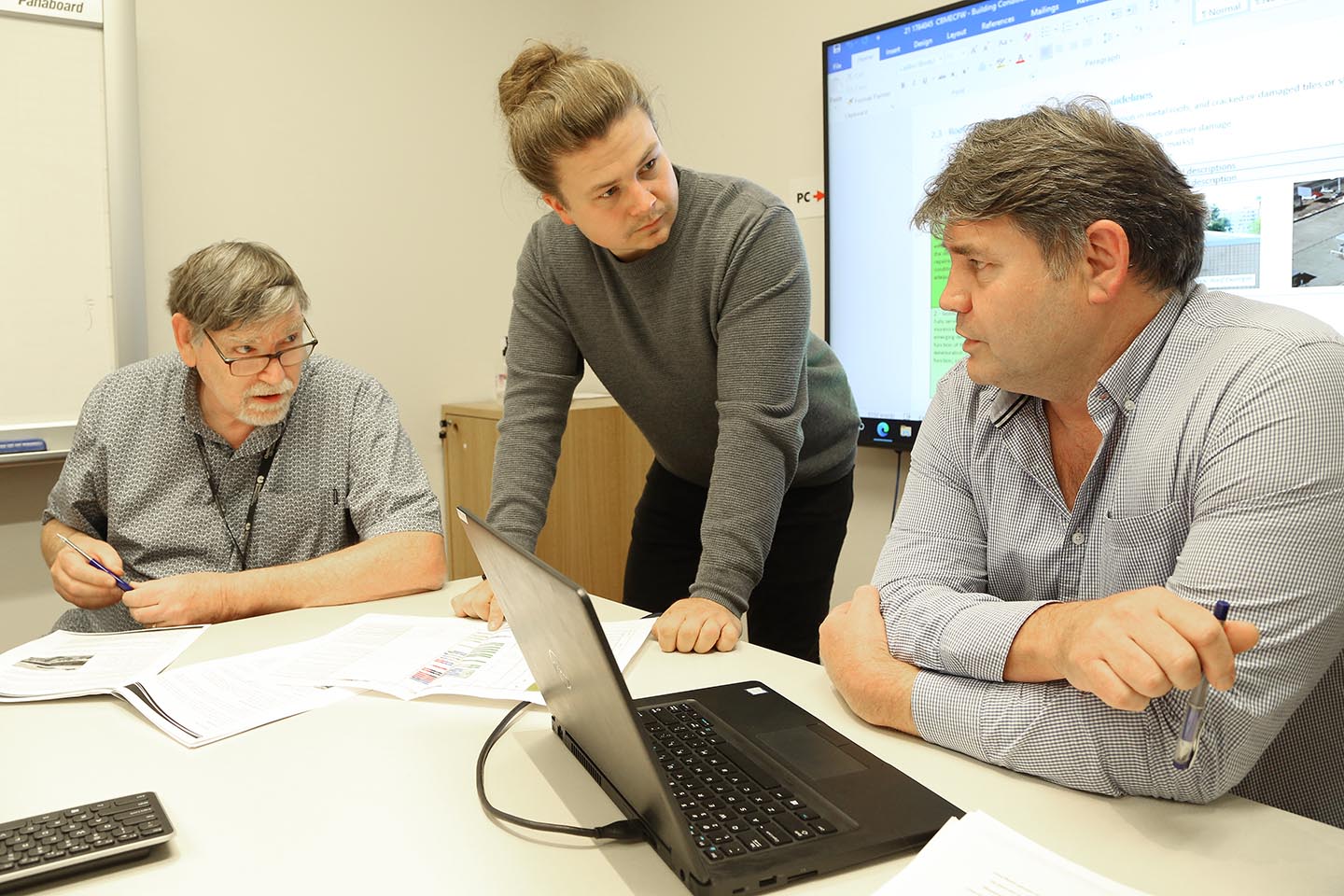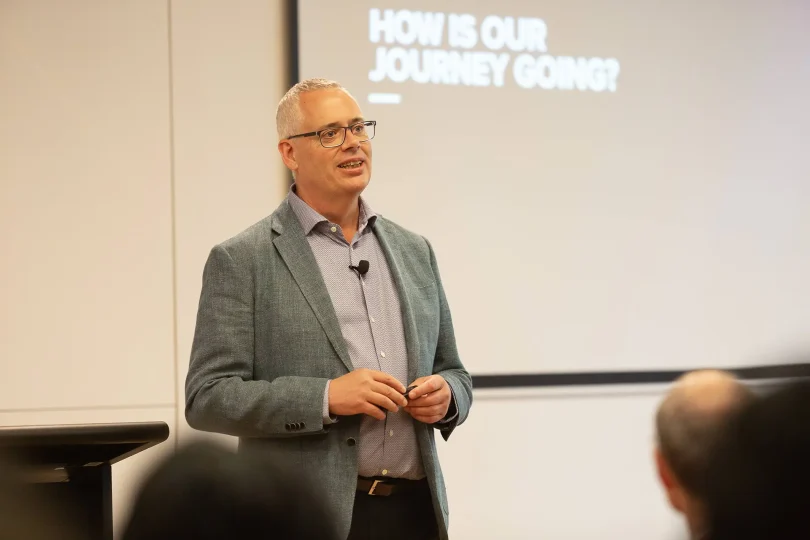As a discipline that goes back a long way, most public sector (and other) organisations perform infrastructure asset management of some or another type. After all, buildings, grounds, plants, equipment, and so on, must be managed if serviceability is to be maintained. But here’s the rub: a great many don’t do it very well, including, possibly, your organisation. Let’s examine why that might be.
While all manner of digital and other tools are available for infrastructure asset management, including everything from fancy software systems, seismometers, and other various sensors including physical asset tags like barcodes or RFID transmitters, there remain at least two commonly overlooked major problems.
The first is people. The second is excessive detail.
When tackling the first issue – people – it should be stressed at the start that this isn’t a criticism of competency or even motivation. Most people who must perform asset assessments are motivated, intelligent, and capable (that’s how they got the responsibility in the first instance).
Instead, the bigger issue is an absence of agreed standards for what constitutes ‘good condition/performance’ and what might lead to an assessment of ‘poor condition/requires replacement’.
Broadly speaking, infrastructure assets are assessed against ‘performance’ and ‘condition’. For some assets, performance is the more important metric – for example, a water pipe might perform perfectly, but the condition could be poor. For others, the condition takes precedence over performance: paint in poor condition on the Town Hall might be offensive, although its performance in keeping the weather out is adequate.In either instance, the absence of an agreed standard boils down to one simple fact: one person’s ‘good’ is another person’s ‘poor’. You might think the paint looks amazing. I might be horrified. And who knows the true state? Is the asset ready for renovation, or can it wait another year, or two, or more?
Can’t see the wood for the trees: Deleterious detail
Coming to the second issue. Detail is generally considered a good thing when it comes to managing ‘anything’, because as the old saying goes, you can’t manage what you can’t measure. But excessive detail quickly hamstrings effective infrastructure asset management.
Take a building as an example – the questionably-coated Town Hall will serve. This building has (peeling? Or clean?) paint. It has walls. It has electrical reticulation. Plumbing. Floors. Ceilings. Light fittings. HVAC systems. Doors. Skirtings. Window covers. Hot water systems. Toilets. Windows. Floor coverings. And on, and on.
Each of those building components has multiple sub-components. HVAC, for example, includes air conditioners, ducting, and control systems. Even a door has subsystems, like knobs, hinges, and panels.
The temptation for the thorough infrastructure asset manager is toward detail. The more you know, the better you can manage the asset, right?
Well, yes, up to a point – and the interesting thing is the point comes sooner than one might imagine, particularly when looking to improve asset management assessments.
The problem is that while detail might work for one building, it very soon spirals out of control. When there are 30, 50, 100, or more buildings, a ‘wood for the trees’ situation quickly develops and the sheer volume of assets, assessments, and associated tasks becomes unwieldy, not only for those on the frontline assessing, but also for those tasked with marshaling the resources for their maintenance, rehabilitation, and replacement.
Just put yourself in the shoes of the person tasked with performing an assessment. Far from a quick once over and an input of an opinion on condition and/or performance, excessive detail requires a fine-toothed comb. The assessment might supersede all other work, simply because it takes too long. And the resulting torrent of data might overwhelm the manager on the receiving end.
In other words, sometimes less is more. It’s the Pareto principle applied to asset management, where you must determine an optimal level of detail, so assessments accurately convey the bigger picture. You’re looking for a combination of efficiency, cost, and value.
“Infrastructure assets don’t just exist – they perform. Smart management means knowing when to act, not drowning in unnecessary detail.”
Doing it better
Recognising that these issues face multiple organisations, Assurity Consulting’s answer is taking a human-centred design approach to asset management and calling in those at the front line, the people who assess the assets in the field. Through a series of workshops, we understand your asset management requirements, then work collaboratively to create an agreed set of standards for asset condition/performance.
We don’t reinvent the wheel either, drawing on recognised standards including ISO 55000 and practices and procedures from the International Infrastructure Management Manual. Through this work, we help your people eliminate the challenge of subjectivity, creating an agreed overall condition assessment framework for all assets. The resulting framework equips all personnel to consistently appraise infrastructure, allowing for improved decision-making and the effective allocation of resources for their management.
We’re not big fans of boiling the ocean, either. A key aspect of this work is the tight delineation of which assets are to be managed and (perhaps even more importantly) which aren’t. Essentially, some things just aren’t commercially worth assessing, because the cost won’t justify the potential value. This allows a sharp focus on what really matters, balancing that cost/detail/value equation.
Equipped with a proven framework and a sharp focus, your people are more efficient. You get more useable data. And your assets are maintained in the right condition. And yes, that includes the finish on the Town Hall!
“Without agreed standards, asset assessments become opinions, not decisions. Clear frameworks create consistency and drive smarter choices.”
Conclusion: Optimising Infrastructure Asset Management for Better Outcomes
Infrastructure asset management is more than data collection – it’s about strategic decision-making. Simplifying assessments, setting clear standards, and focusing on usability ensures more effective resource allocation. A human-centred approach helps eliminate inconsistencies while balancing precision with practicality. By refining assessment processes, organisations can enhance efficiency, reduce complexity, and drive smarter asset management strategies that deliver long-term value.



